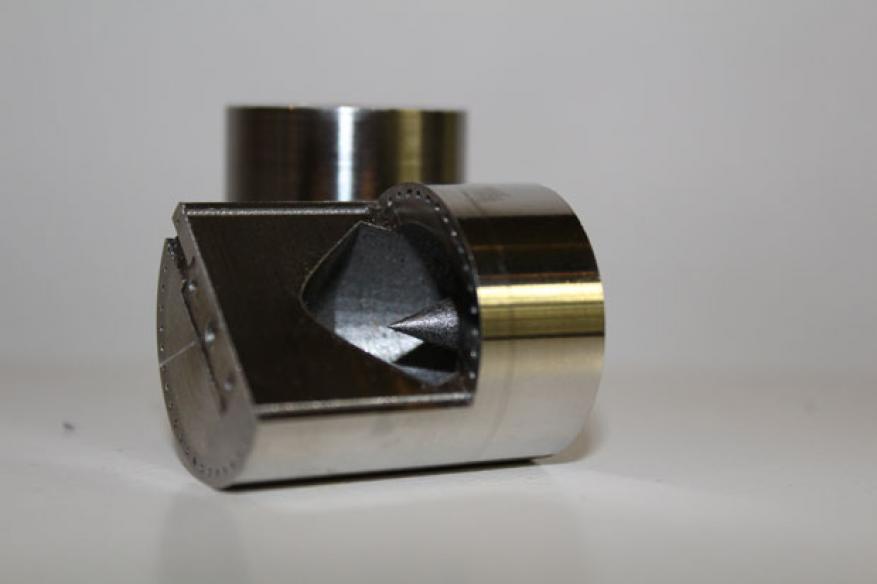Jonathan Dubois (16-SI-004)
Project Description
Quantum coherent devices offer the potential for unprecedented precision in sensing and the ability to directly simulate quantum phenomena that have no known efficient classical algorithms. Such devices include quantum bits (the fundamental units for quantum computing systems), microwave resonators (a type of superconducting photon detector), superconducting quantum interference devices (very-sensitive magnetometers used to measure extremely subtle magnetic fields), single-electron transistors, and single-photon detectors. The performance of such devices is largely limited by resonant couplings to low-energy states in the constituent materials (i.e., materials-based sources of noise). Overcoming this limitation requires that subtle forms of noise from decoherence in these systems be understood and controlled. This project will likely make a significant contribution to that understanding and control. We intend to build a robust capability to design, fabricate, and characterize quantum coherent devices for applications in sensing and analog quantum simulation. We will then carry out a series of experiments designed to probe the fundamental limits of noise in these systems. Finally, we will apply these capabilities to develop a next-generation, superconducting quantum-bit-based detector designed to detect hypothetical dark-matter elementary particles called axions. Dark matter is estimated to make up about 23% of the energy density of the universe, with the rest being a mysterious repulsive dark energy and ordinary matter.
We expect to build on significant investments in cryogenic facilities, experimental and theoretical expertise in low-temperature detectors, and LLNL-developed quantification of margins and uncertainty tools. These statistical tools are applied to complex systems where comprehensive experimental test data are not readily available and cannot be easily generated. As a result of this project, we will disentangle and overcome the different contributions of noise in a carefully designed set of quantum systems to reach levels of coherence required for novel applications such as ultrahigh-fidelity quantum sensors and quantum simulations. Expected results will include new capabilities in design, fabrication, and characterization of quantum coherent devices, including a novel coherent detector that can be applied to the axion dark matter search, and microwave multiplexers for cryogenic detector arrays. We will also deliver a statistical model that includes a comprehensive framework based on uncertainty quantification, and quantification of margins and uncertainty methodologies.
Mission Relevance
Our development of materials for new sensor and platform technologies and prototypes of new capabilities based on these new technologies will support the Laboratory's advanced materials and manufacturing development core competency. In addition, our methodology is relevant to LLNL's core competency in high-performance computing, simulation, and data science through the development of our statistical model and our exploration of analog quantum computation, particularly the quantification of potential computational advantages of analog quantum simulation over classical methods in deep learning.
FY16 Accomplishments and Results
In FY16 we (1) adapted one of our adiabatic demagnetization refrigerators for initial microwave measurements at frequencies up to 20 GHz; (2) successfully fabricated single-metal-foil superconducting planar resonators as a platform for studying decoherence mechanisms in quantum coherent superconducting devices (see figure), and tested their microwave response in the adiabatic demagnetization refrigerator at temperatures of 65 mK; (3) improved the setup sensitivity for the planned microwave measurements in the single-photon limit, (4) completed the low-noise cryogenic characterization facility; (5) developed two records of invention addressing a new approach in cryogenic cooling and a method for realizing a low-loss nonlinear optical medium for gigahertz applications; and (6) re-scoped plans for developing a statistical analysis framework for noise sources in superconducting devices.






